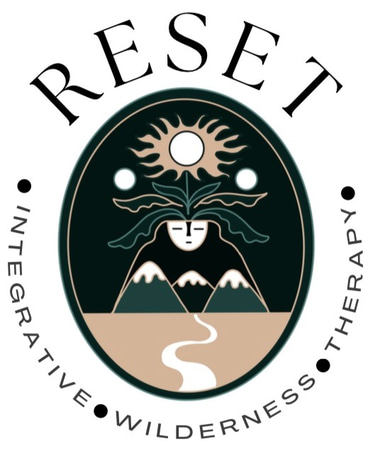Primalism: A Story of Our Roots
Enjoy this excerpt from a book of mine: Unorthodox Physical Therapy. This is a story of how our health and wellness is rooted in primal activities.
Dr. Danny Alva
8/11/20253 min read


Imagine a time long ago, when humans lived in a profound connection with their natural environment. This was the era of the primal person, whose very existence fostered health and vitality. Their body was sculpted by the demands of their surroundings. To manipulate the world around them—to build shelter, gather food— they would lift, push, and pull. To navigate treacherous terrain–dense forests, vast planes, tall mountains– they would squat, lunge, and twist. These six primal movements were not just exercises; they were the very fabric of daily life, essential for keeping the body well. The primal person would pull approximately three times as much as they would push, a natural consequence of climbing and grasping. And while the modern person seems to mostly lift, the primal person would squat more, descending low to the ground for stability, a practice still maintained in many Eastern cultures today. They would frequently carry heavy burdens, whether it was a child or a harvested animal, over their shoulders for great distances back to the safety of their homes or villages. These constant, varied demands on the musculoskeletal system ensured it remained strong and resilient.
Their internal systems, too, were finely tuned to nature's rhythm. The food that sustained them was rich in nutrients, sourced directly from the environment where it naturally grew. This was a world far removed from industrialized farms that prioritize efficiency over nutritional density, a reality that deeply influenced the health of their gastrointestinal system. Our early ancestors' eyes were blessed by the light of the rising and setting sun, a daily ritual that established harmony in their internal systems and maximized health and prosperity. They would look at objects both far and near, stimulating the papillary muscles in their eyes to function fully. The modern person’s vision, however, is often fixed to a screen of constant brightness and distance, a stark contrast to the dynamic demands placed on the primal visual system.
The primal lifestyle was a continuous symphony of sensory input and physical challenge that fostered robust health across all systems. Their pursuit of food and shelter was not a sedentary task; it was a rhythmic dance of walking, running, and climbing that maintained a strong cardiovascular system and an efficient pulmonary system. The uneven terrain they traversed, the quick turns to avoid a predator, and the need to balance on a slippery log all provided a constant source of sensory input that calibrated their vestibular system, ensuring sharp balance and coordination. Even their oral system was stimulated in a way we rarely experience today, from chewing on tough, fibrous plants and meats, to using their teeth as tools for various tasks. Their neurological system was constantly challenged, forging new neural pathways as they learned to adapt, problem-solve, and navigate an unpredictable world.
Sleep patterns for the primal person were also different. They not only slept at night but might also rest throughout the day to avoid the hottest part of the sun during summer days. Pre-industrial nights were not slept straight through but in four-hour segments, which were repeated throughout the day as required. Their "work"—hunting and gathering—would consist of only a few hours each day, leaving the rest of the day open to exploration and socialization. The modern human, however, must work well over half their waking day to sustain life, often limiting their sleep to less than 7 hours a day to meet financial, familial, and hygienic goals.
The more we learn about health and wellness through research and scientific evidence, the more obvious it becomes that health arises from aligning with our primal roots. From this primal perspective, healing is not about finding a disease or disorder that makes us "abnormal." Healing is, quite simply, about returning to what was natural to us—re-engaging with the fundamental patterns our bodies were built for. Great clinicians, therefore, will seek to replicate these natural challenges in the clinic, helping their clients and patients grow to be the strongest and healthiest they can be.
by Dr. Danny Alva
